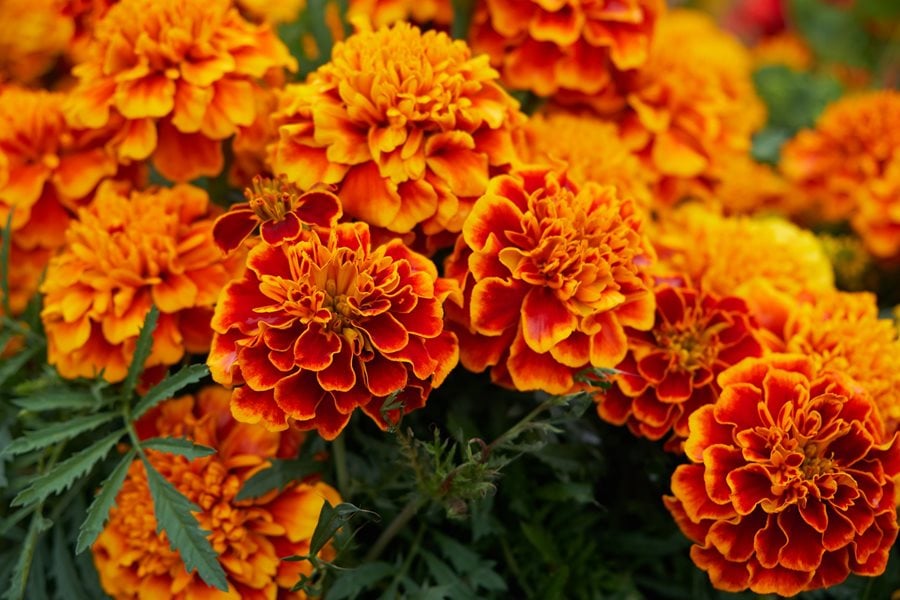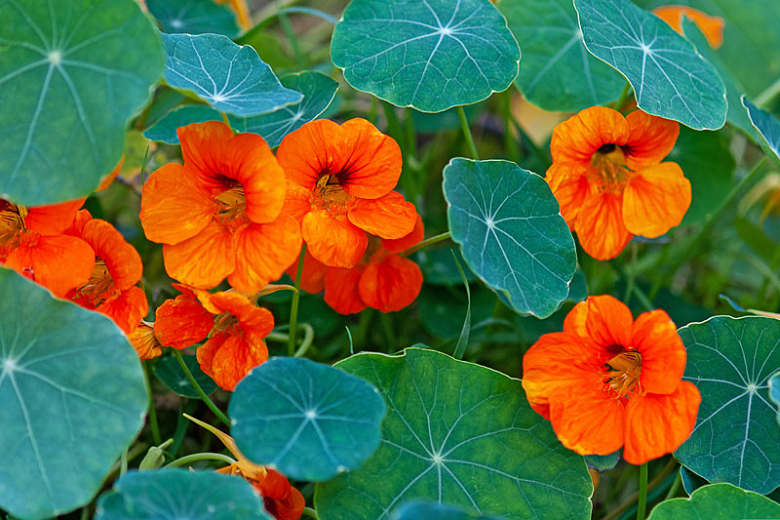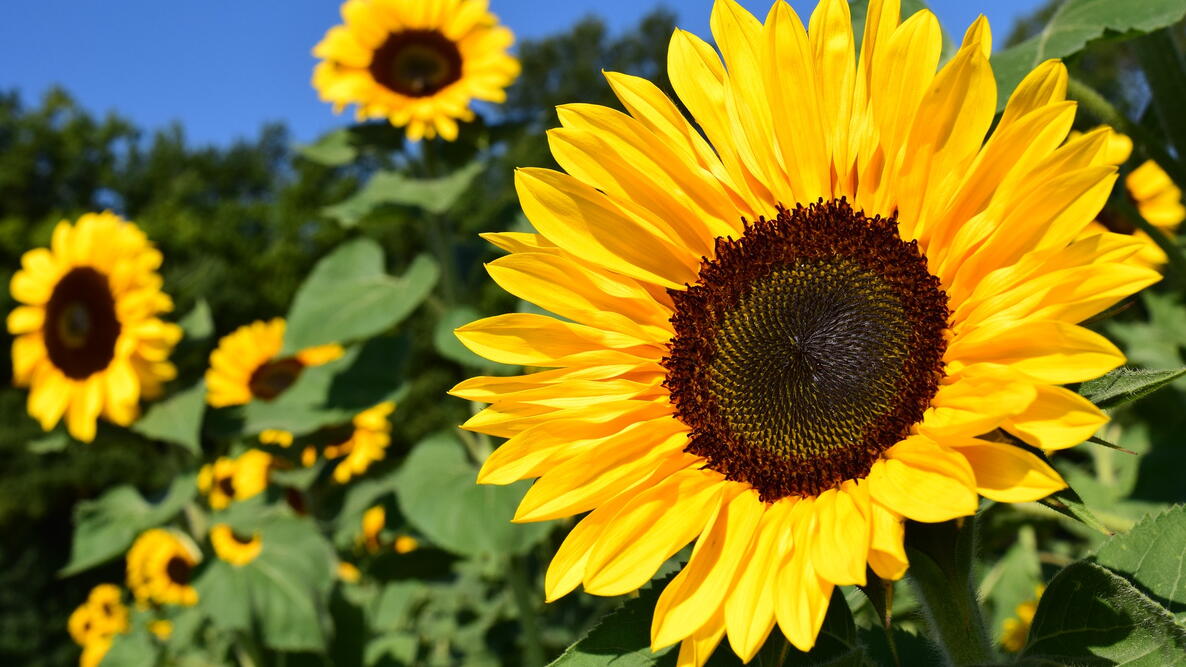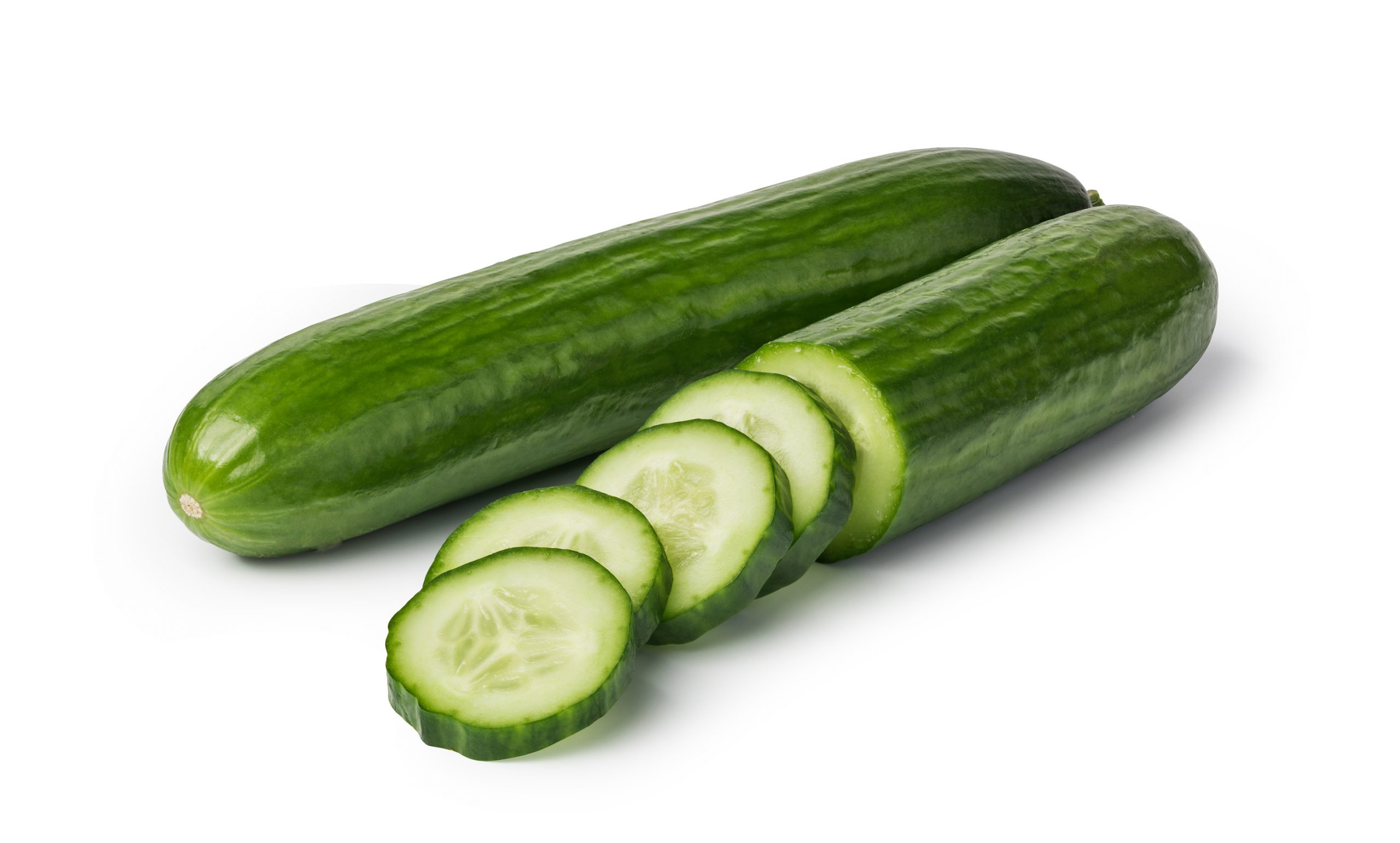Zinnia Companion Plants: The Ultimate Guide To Growing Beautiful Flowers And A Thriving Garden
Zinnia Companion Plants: The Ultimate Guide to Growing Beautiful Flowers and a Thriving Garden
Zinnias are one of the most popular annual flowers in the world. They are known for their bright, cheerful colors and their long blooming season. Zinnias are also relatively easy to grow, making them a great choice for beginner gardeners.
One of the best ways to ensure that your zinnias thrive is to plant them with the right companion plants. Companion planting is a gardening practice that involves planting different types of plants together in order to create a mutually beneficial relationship. When plants are chosen carefully, they can help each other to grow better by attracting beneficial insects, deterring pests, and improving soil health.
There are many different companion plants that can be grown with zinnias. Some of the best options include:
- Marigolds: Marigolds are a classic companion plant for zinnias. They help to repel pests such as nematodes, aphids, and whiteflies. Marigolds also attract beneficial insects like ladybugs and lacewings, which prey on garden pests.

- Cosmos: Cosmos is another popular companion plant for zinnias. It has similar growth habits and requirements as zinnias, and it also attracts pollinators.

- Nasturtiums: Nasturtiums are a great choice for deterring pests like aphids and whiteflies. They also have edible flowers and leaves that can be used in salads or garnishes.

- Sunflowers: Sunflowers and zinnias make a striking combination in the garden. They both need full sun and well-drained soil, and they can help to attract pollinators.

- Calendula: Calendula is a flowering plant that is known for its medicinal properties. It can help to repel pests and attract beneficial insects. Calendula also has beautiful yellow or orange flowers that can add a splash of color to your garden.

- Cucumbers: Cucumbers and zinnias can be planted together to help deter cucumber beetles. Cucumber beetles are a common pest that can damage cucumbers. Zinnias produce a scent that repels cucumber beetles, so planting them near cucumbers can help to keep these pests away.

- Watermelons: Watermelons and zinnias can also be planted together to help deter pests. Watermelons are susceptible to pests such as aphids and spider mites. Zinnias produce a scent that repels these pests, so planting them near watermelons can help to keep them healthy.
- Squash: Squash and zinnias can also be planted together to help deter pests. Squash is susceptible to pests such as cucumber beetles and squash bugs. Zinnias produce a scent that repels these pests, so planting them near squash can help to keep them healthy.

When choosing companion plants for zinnias, it is important to consider the plants' growth habits, requirements, and benefits. By planting zinnias with the right companion plants, you can help to ensure that your flowers thrive and that your garden is healthy and pest-free.
Zinnias are beautiful, easy-to-grow annuals that come in a wide variety of colors. They're also great companion plants, meaning that they can benefit other plants in your garden. For example, zinnias attract pollinators like bees and butterflies, which can help to pollinate other plants in your garden. They also help to deter pests like aphids and whiteflies.
If you're looking for more information about zinnia companion plants, I recommend visiting Gardenia Inspiration. This website has a comprehensive list of companion plants for zinnias, as well as information on how to plant and care for these beautiful flowers.
FAQ of zinnia companion
5 Most Frequently Asked Questions About Zinnia Companion
Zinnias are a popular summer flower that come in a wide variety of colors and sizes. They are relatively easy to care for and can be grown in a variety of conditions. However, there are a few things to keep in mind when planting zinnias with other flowers.
Here are the 5 most frequently asked questions about zinnia companion plants, along with valuable insights and solutions:
Question 1: What are some good companion plants for zinnias?
Answer: Zinnias are compatible with a wide variety of plants, but some of the best companion plants include:
- Marigolds: Marigolds help to repel pests and diseases, which can benefit zinnias.
- Cosmos: Cosmos have similar growing requirements to zinnias and can help to fill in empty spaces in the garden.
- Zinnias: Zinnias can be planted together in a variety of colors and heights to create a stunning display.
- Sunflowers: Sunflowers and zinnias have similar sun and water requirements and can be planted together to create a tall, eye-catching border.
- Strawberries: Zinnias can help to attract pollinators, which can benefit strawberry plants.
Question 2: How far apart should zinnias be planted?
Answer: Zinnias should be planted about 12-18 inches apart. This allows them to grow and spread without crowding each other.
Question 3: How much water do zinnias need?
Answer: Zinnias need about an inch of water per week. However, they are drought-tolerant and can survive with less water if necessary.
Question 4: What are some common pests and diseases that affect zinnias?
Answer: The most common pests that affect zinnias are aphids, whiteflies, and spider mites. These pests can be controlled with insecticidal soap or neem oil. Zinnias are also susceptible to a few diseases, including powdery mildew, rust, and leaf spot. These diseases can be prevented by planting zinnias in a well-drained location and watering them at the base of the plant.
Question 5: How do I deadhead zinnias?
Answer: Deadheading is the process of removing spent flowers. This helps to encourage new blooms and keep the zinnia plant looking its best. To deadhead zinnias, simply pinch off the spent flower head with your fingers.
Post a Comment for "Zinnia Companion Plants: The Ultimate Guide To Growing Beautiful Flowers And A Thriving Garden"